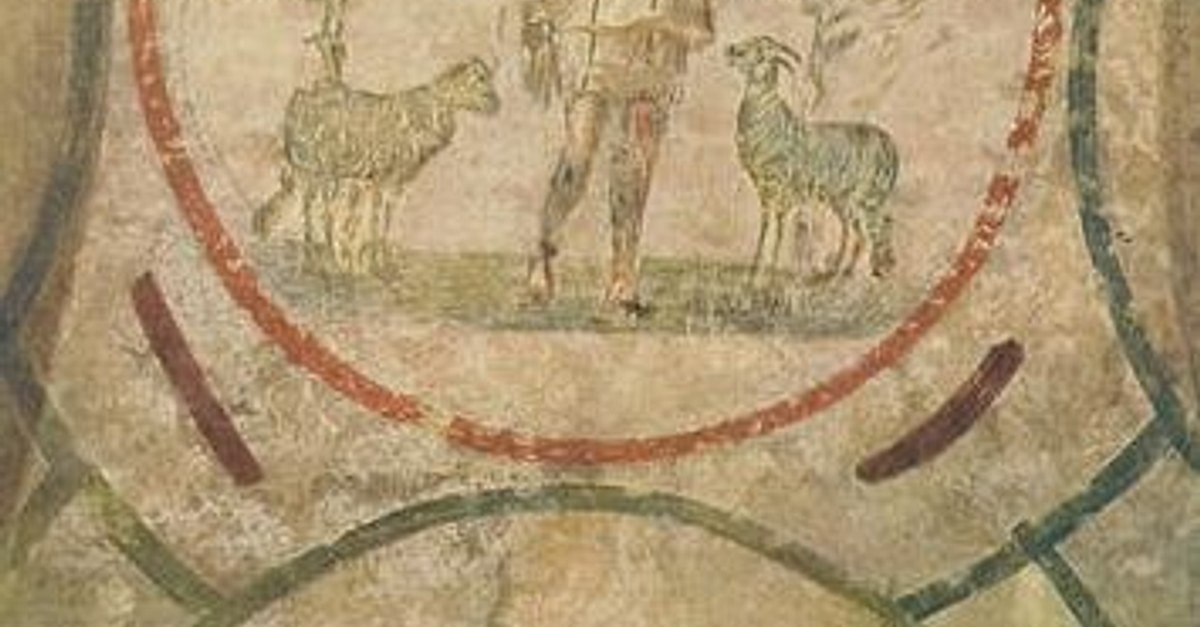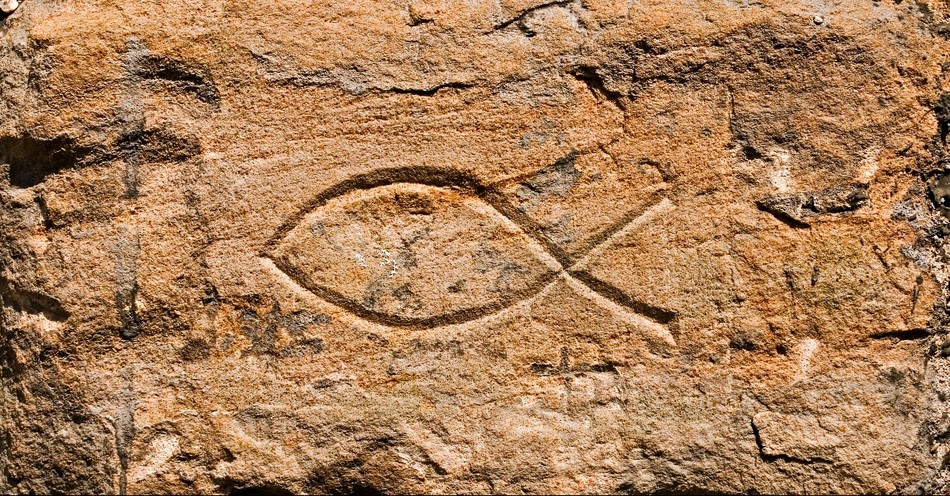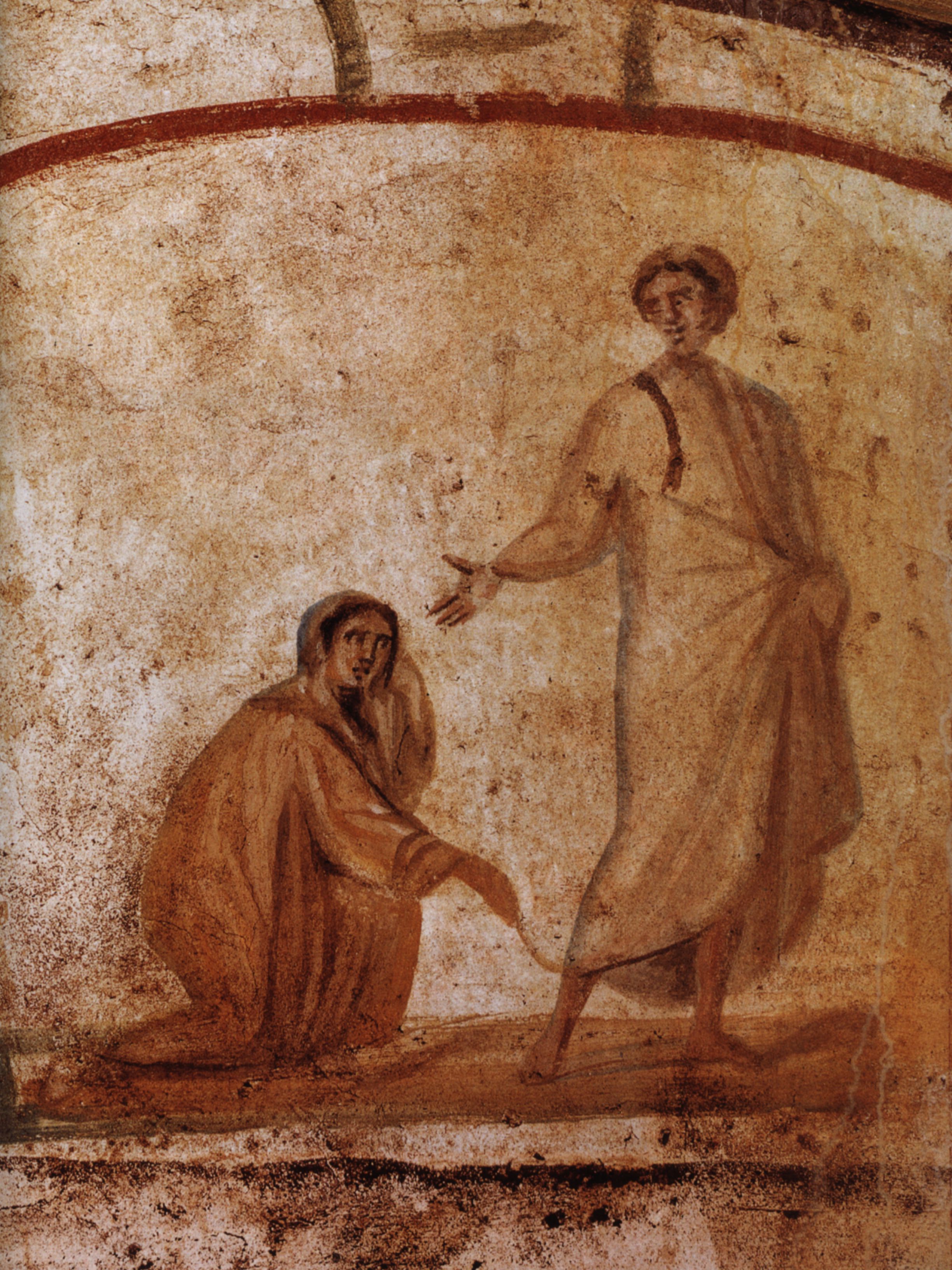In the early Christian period, particularly during the first few centuries AD, Christian communities faced periods of persecution, and their worship often took place in private or semi-private settings. The catacombs, underground burial sites, served as one such location for early Christian gatherings and worship. These catacombs, found primarily in Rome and other parts of the Roman Empire, contain a wealth of artistic and iconographic evidence that sheds light on the early Christians’ beliefs and practices.
The catacombs were used for burial, but they also served as places of worship, especially during times when Christians faced persecution. The frescoes, paintings, and symbols found in the catacombs provide insights into the religious life of these early Christian communities. While the catacombs contain a variety of artistic elements, the focus here will be on early Christian icons and symbols.
Good Shepherd: One common theme in early Christian iconography found in the catacombs is the representation of Jesus as the Good Shepherd. This imagery, derived from biblical passages such as Psalm 23 and the Gospels, portrays Jesus as a caring shepherd tending to his flock. This symbolizes Jesus’ role as a guide and protector of the Christian community.

Fish Symbol (Ichthys): The fish symbol (Ichthys) was widely used by early Christians as a secret sign to identify one another. It is an acronym for “Jesus Christ, Son of God, Savior” in Greek (ΙΧΘΥΣ). This symbol can be found in various forms, including simple fish images or as part of more complex scenes.

Orant Figures: Images of orant figures, individuals with raised arms in prayer, are also common in the catacombs. These figures are often depicted in a posture of worship, symbolizing the Christian’s devotion and communication with God.

Biblical Scenes: Some catacomb frescoes depict scenes from the Bible, especially those with religious significance. For example, representations of Jonah and the whale, the healing of the paralytic, or the multiplication of the loaves and fishes are found in the catacombs.

It’s important to note that during this early period, there wasn’t a standardized set of icons or artistic styles. The art in the catacombs reflects a diversity of influences and local traditions. As Christianity gained legal recognition and acceptance in the Roman Empire, particularly after the Edict of Milan in 313 AD, the use of religious images and iconography became more prominent and elaborate in Christian worship.
